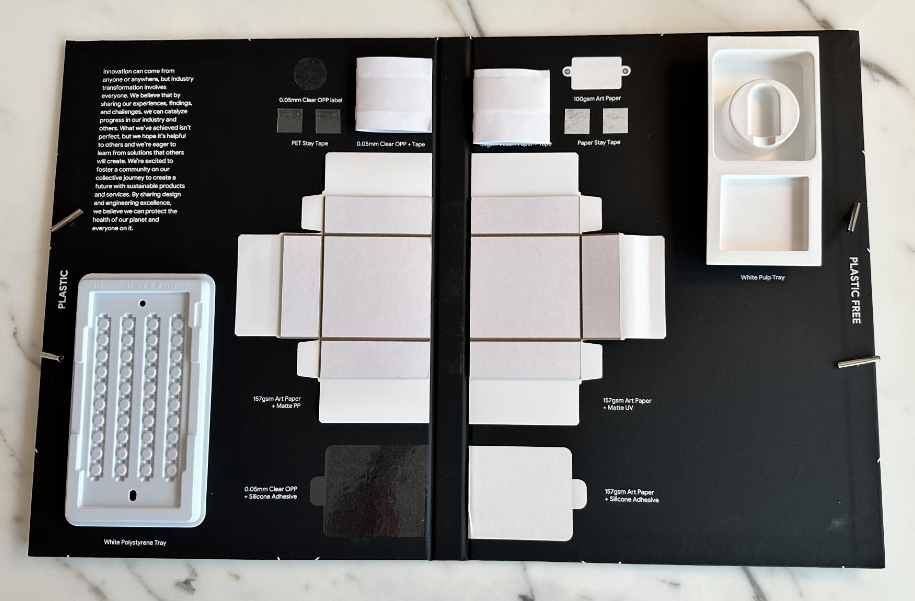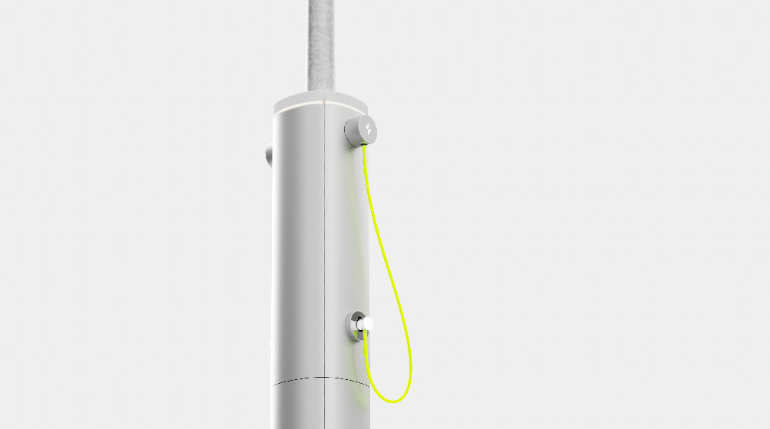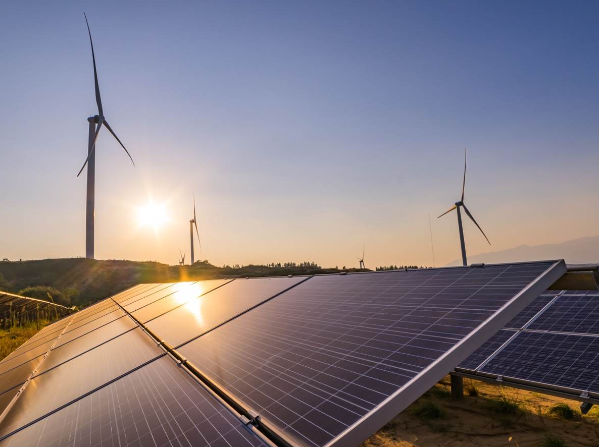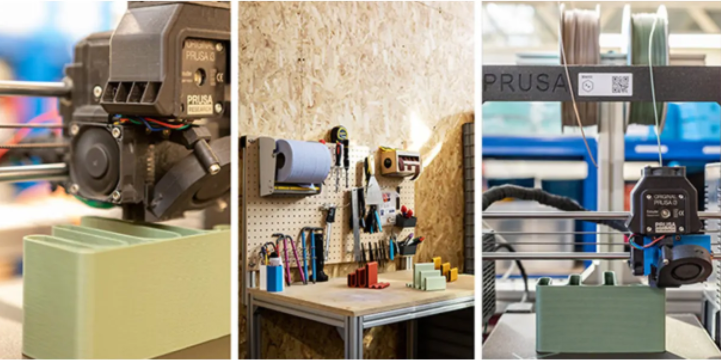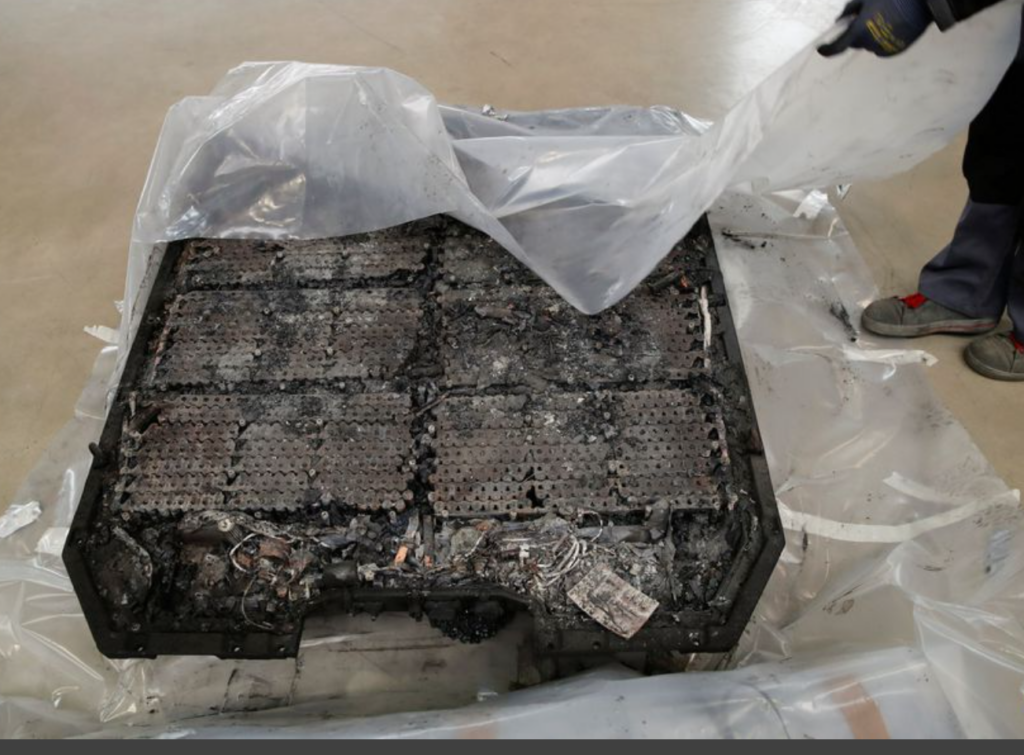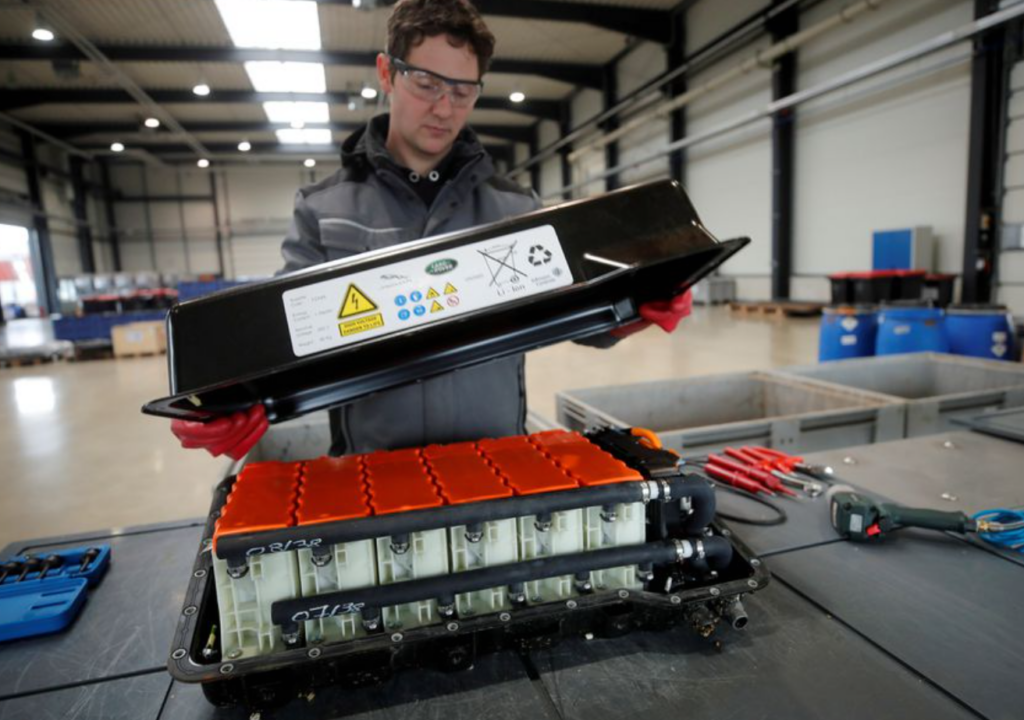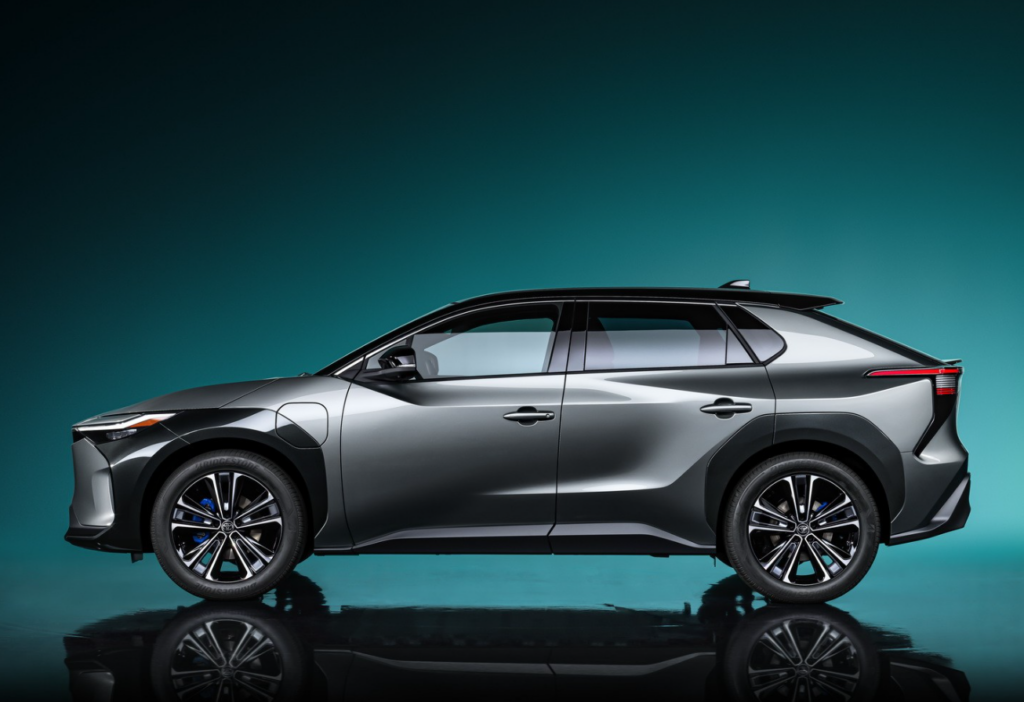By: Inogen Alliance
View the original article here

Modern industry has long perpetuated a linear economy. This model relies on the continued extraction of new materials and ultimately leads to an accumulation of waste. A circular economy, on the other hand, strives to function in ways that reduce waste and pollution, keeping products and materials in circulation for longer.
Read on to learn more about the practices and principles of a circular economy, and its economic, environmental, and social benefits.
The 4 Rs That Underpin a Circular Economy
Before we examine the core principles of a circular economy, let’s first revisit the basics. It’s fair to say that most people are familiar with the concept of “reduce, reuse, recycle.” What is less commonly discussed – yet extremely important to developing a true circular economy – is the fourth R: recover.
Here is what each of these practices means when applied to business:
- Reduce: Minimizing waste before it’s even created by engaging in design and production processes that prioritize lifespan and sustainability.
- Reuse: Finding new ways to use products or materials, extending the functional lifespan of the item and enabling it to circulate within the economy for as long as possible.
- Recycle: Breaking down products into their raw materials and manufacturing new items from them. While this is by far the most publicized, recycling is often seen as a last resort in the hierarchy of circular practices.
- Recover: Reclaiming materials or energy from products that can no longer be reused or recycled. This can mean everything from composting organic materials to capturing energy from waste.
The 3 Core Principles of a Circular Economy
The following three principles are central to establishing a circular economy within your business.
Eliminating waste
This principle involves rethinking how resources are used at every stage of a product’s lifecycle, from design to disposal.
For businesses, this could mean:
- Using recycled material in manufacturing rather than raw materials.
- Designing products with modularity, allowing for easy repair or upgrade.
- Choosing manufacturing processes that minimize offcuts and scrap.
Keeping materials in use
To break the cycle of the use-and-dispose economy, keeping materials in use as long as possible is crucial.
Here are examples of how you can apply this principle:
- Developing take-back schemes or leasing models where products are returned to you after use, ensuring they are either reused, refurbished, or responsibly recycled.
- Facilitating a secondary market for your products or materials, extending their lifecycle beyond initial use.
Regenerating natural systems
Engaging in the circular economy isn’t simply about reducing negative impacts on the environment – it focuses on using regenerative practices to restore natural systems and enhance biodiversity.
In practice, this may look like:
- Investing in technologies or processes that restore soil health, clean water, and air quality through your business operations.
- Partnering with organizations working towards reforestation or ocean clean-ups to offset the ecological footprint of your operations.
Circular Economy Benefits and Advantages
Embracing a circular economy presents many benefits that span environmental, economic, and social spheres.
Environmental benefits
Through engaging in the practices of reduce, reuse, recycle, and recover, your company can have a net-positive impact on the environment. In addition to reducing greenhouse gas emissions, businesses can also contribute to better soil and water conditions by reducing waste across all product lifecycle touchpoints, such as material extraction, manufacturing and packaging.
In terms of regenerative efforts, businesses that proactively design campuses with restoration in mind can have a hand in expanding natural habitats, contributing to cleaner water sheds, and promoting soil health.
Economic benefits
Reducing material costs through reuse, recycling, and recovery can lead to significant financial savings. Additionally, circular economy models like product-as-a-service offer new revenue streams and financial incentives that challenge traditional business models.
Following the principles of a circular economy can also appeal to investors, who are continuing to prioritize sustainability. A recent report by Morgan Stanley found that “A majority of investors … believe that companies should address environmental and social issues.” These investors reported being motivated by the financial performance of sustainable investments and new climate science findings.
Social benefits
Circular economy initiatives often involve collaboration between businesses, local governments, and communities. These joint efforts help each party better understand the needs and challenges of the other, and can lead to stronger community relationships.
The principles of circular economy do not allow for planned obsolescence, meaning products are built to be more durable and long-lasting, offering consumers a break from having to replace important items every few years.
Implementing Circular Economy Principles
While organizational needs can vary greatly from industry to industry, there are some key steps that must be taken in order to effectively implement circular economy principles.
1. Conduct a thorough assessment
Begin by evaluating your current operations, supply chain, and products or services to identify areas where circular economy principles can be applied. This assessment will help you understand the potential impact and feasibility of implementing circular practices within your business.
2. Set clear goals and targets
Establish specific, measurable, and achievable goals for your circular economy initiatives. Whether it’s reducing waste, increasing resource efficiency, or designing products for reuse and recycling, having clear targets will enable you to track progress and adjust goals as needed as well as promote your progress to customers.
3. Collaborate with stakeholders
Engage with suppliers, customers, industry partners, and other stakeholders to gain a broader perspective of your organization’s impact. Building partnerships can help overcome challenges, access resources, and drive innovation in implementing circular economy practices.
Embrace the Circular Economy: Begin a New Cycle
The benefits of a circular economy are clear – and the need is urgent. As the human and financial toll of climate change continues to grow around the world, governments, businesses, and social institutions are collaborating to reduce impact and improve well-being. The circular economy model is a significant step toward these goals.

